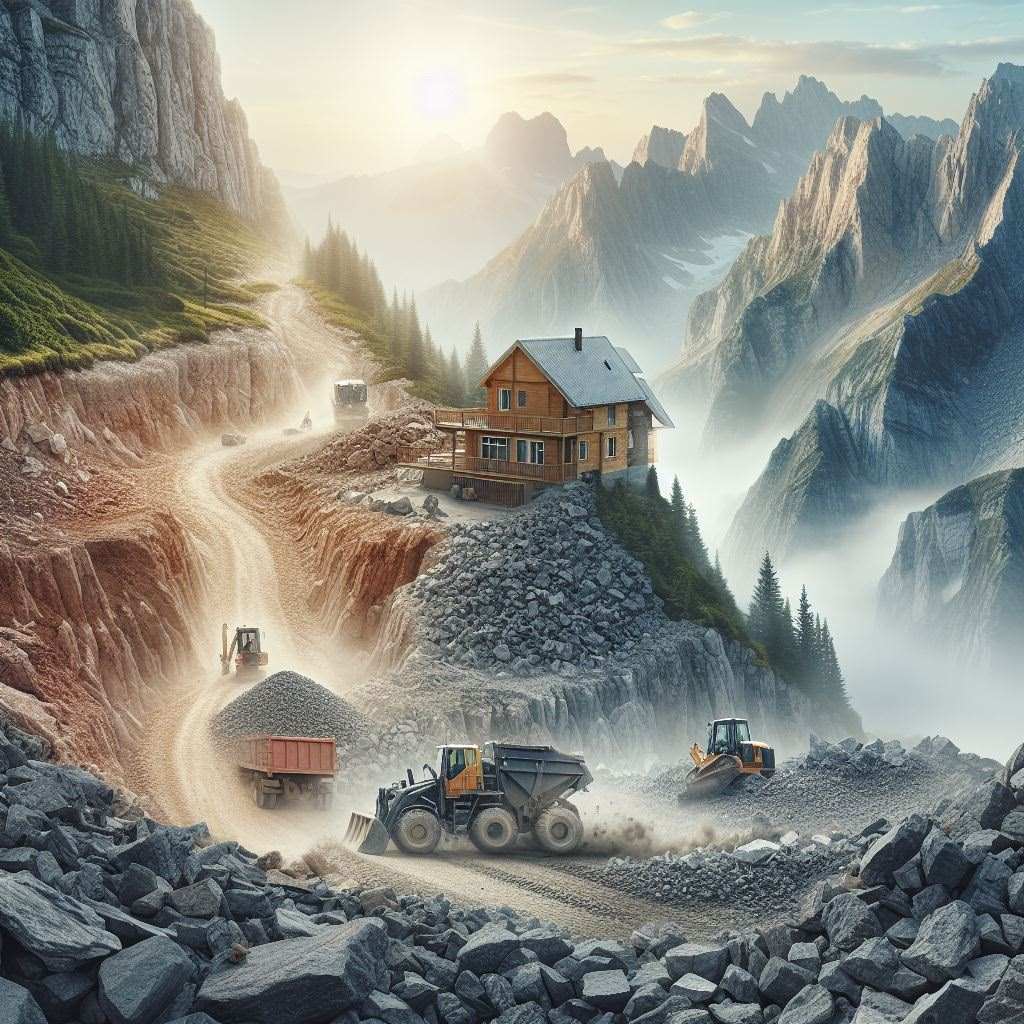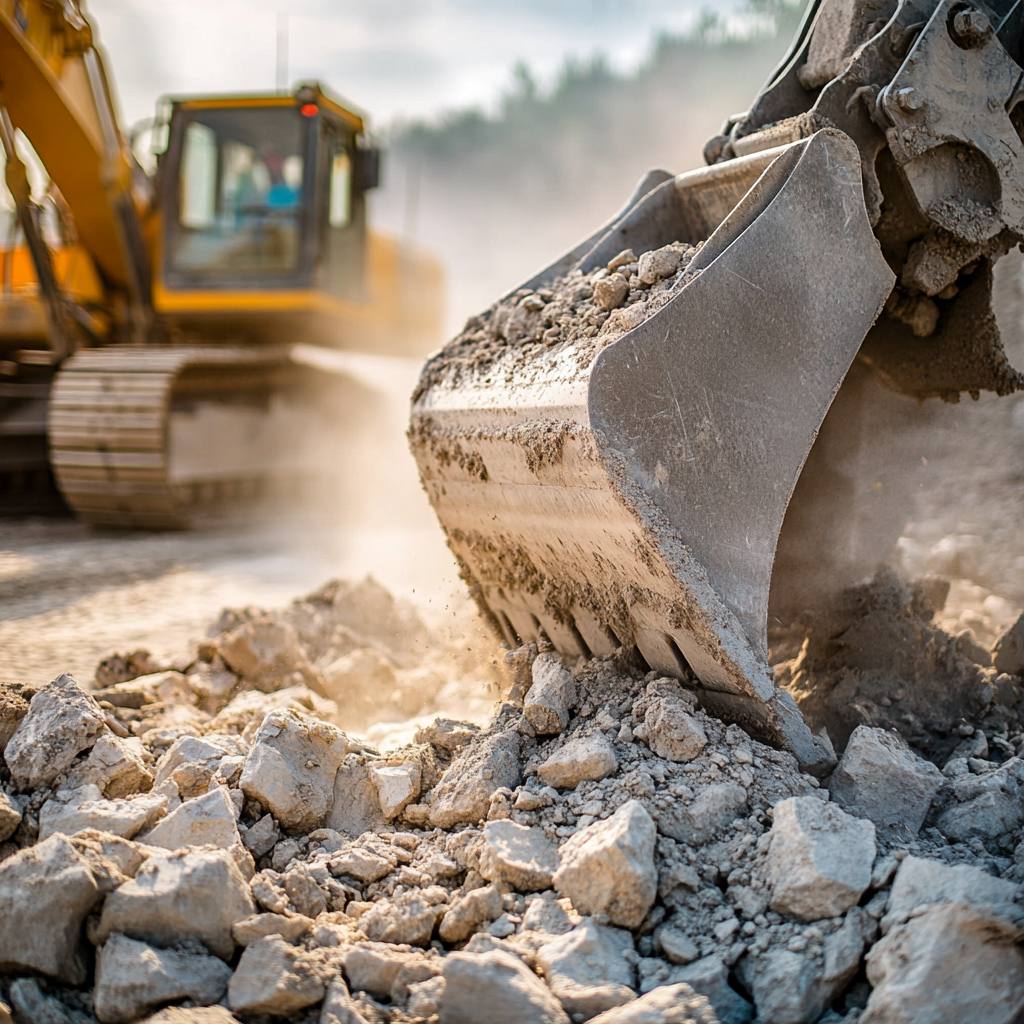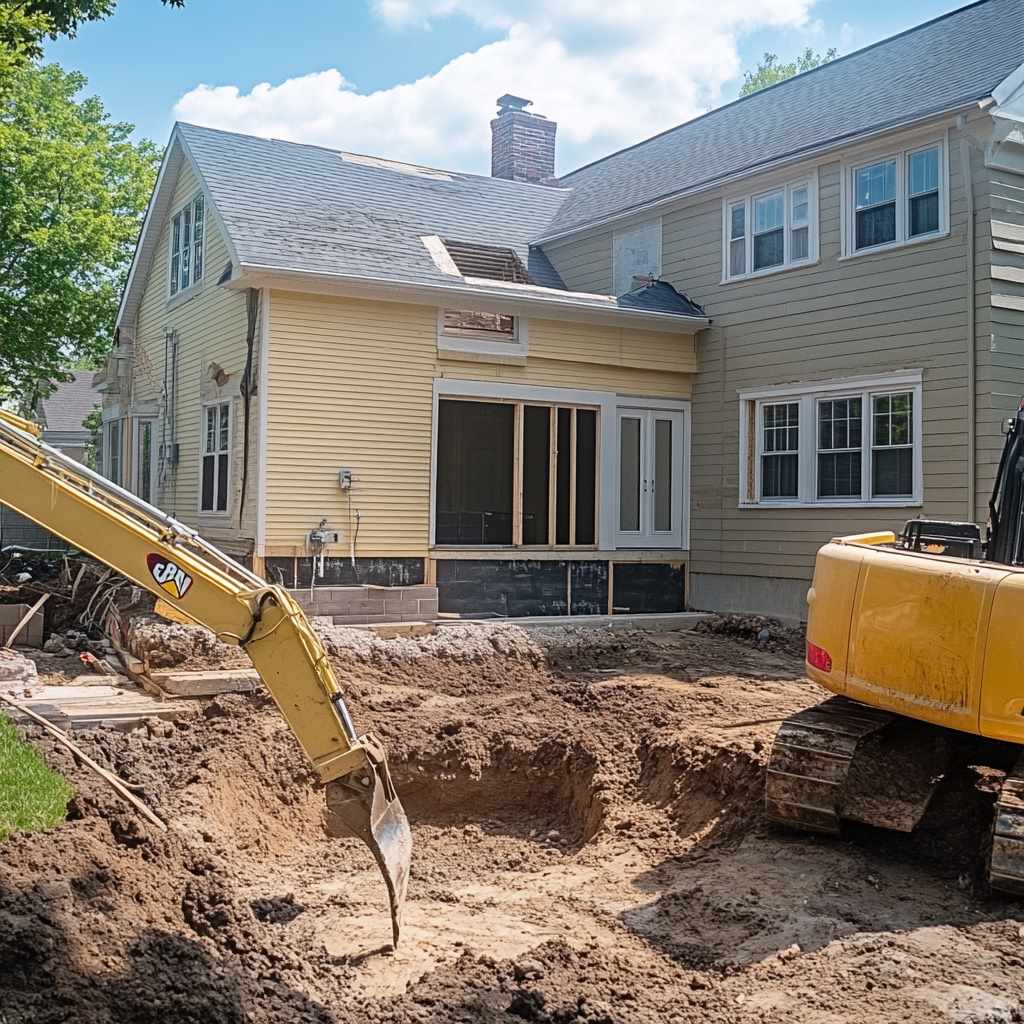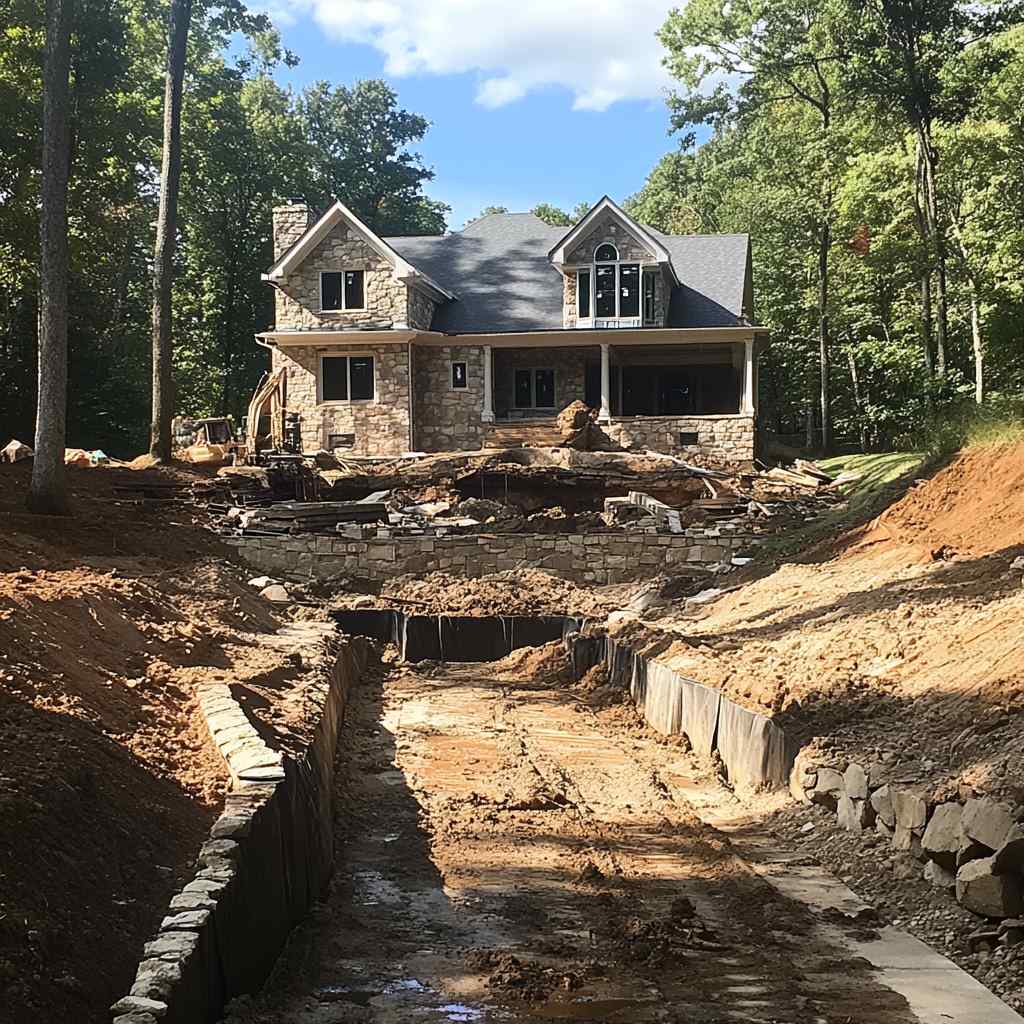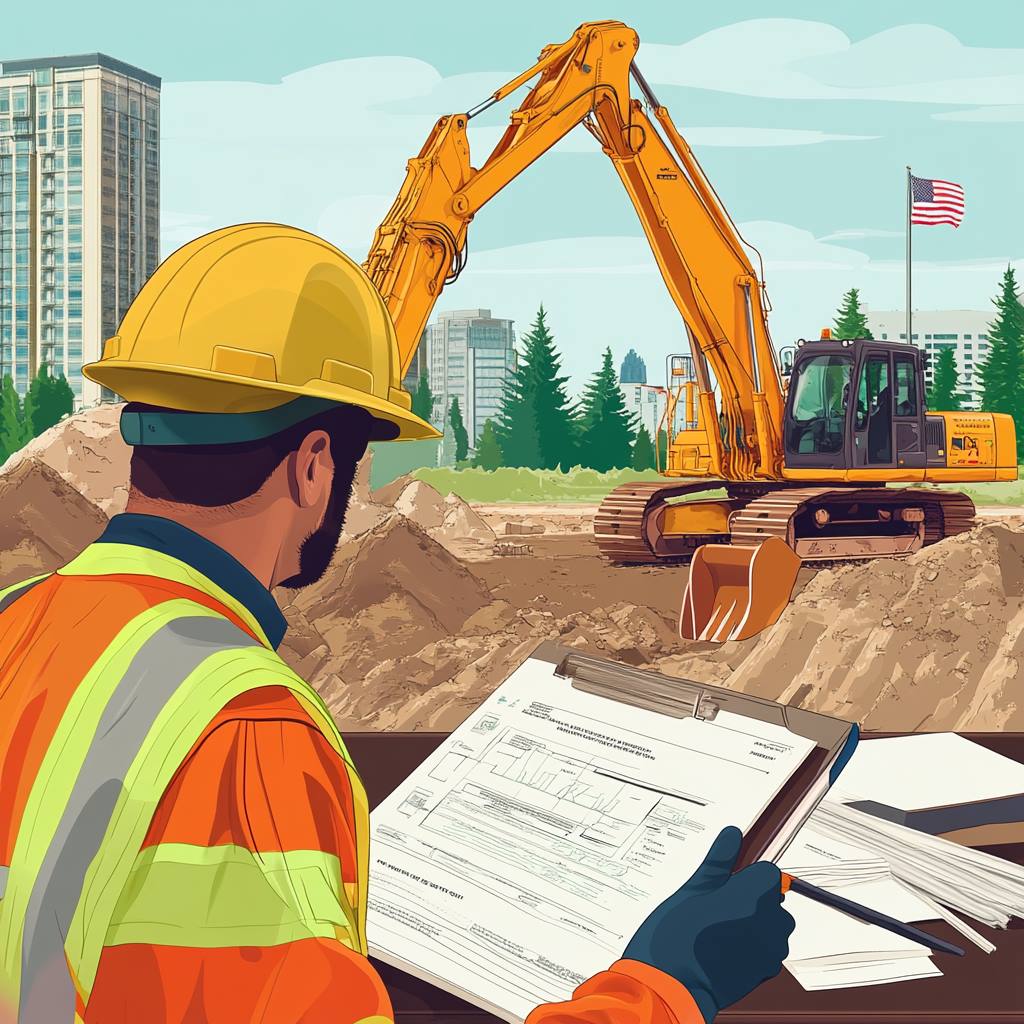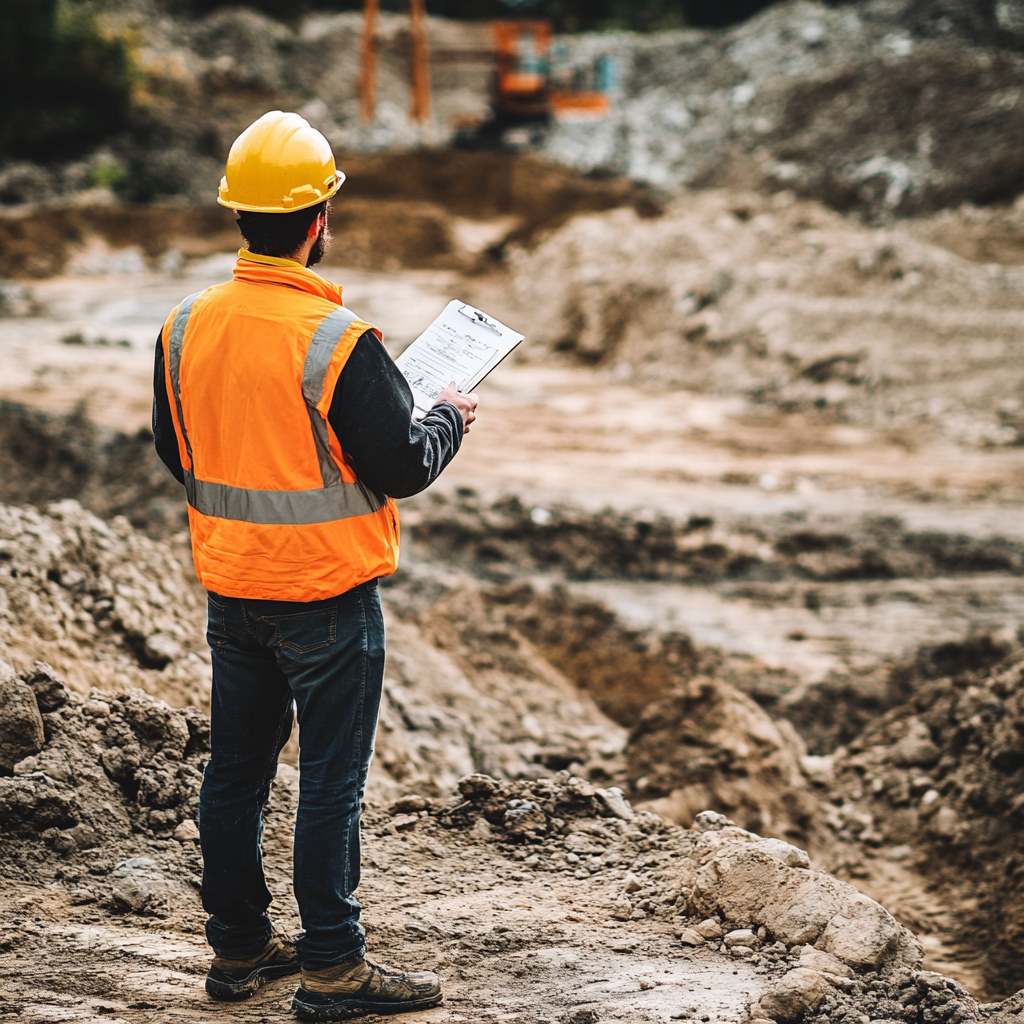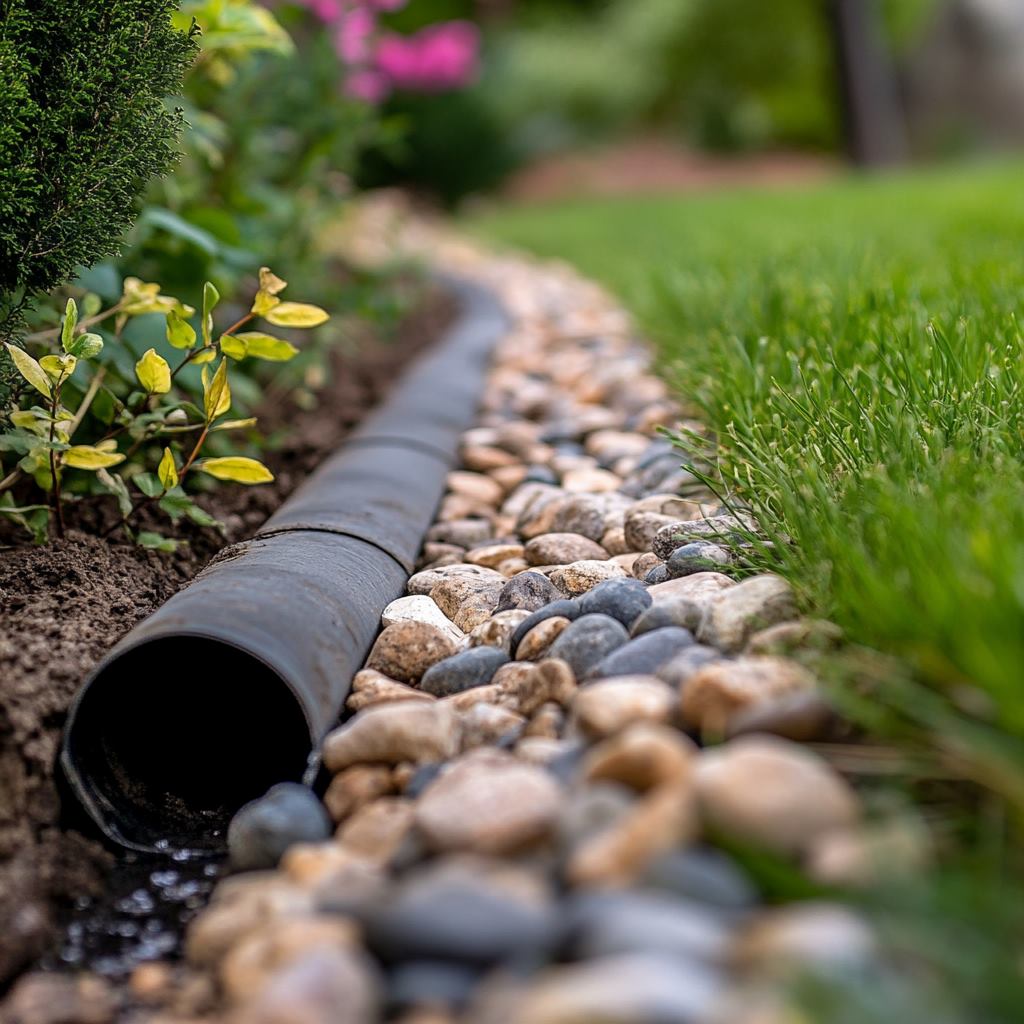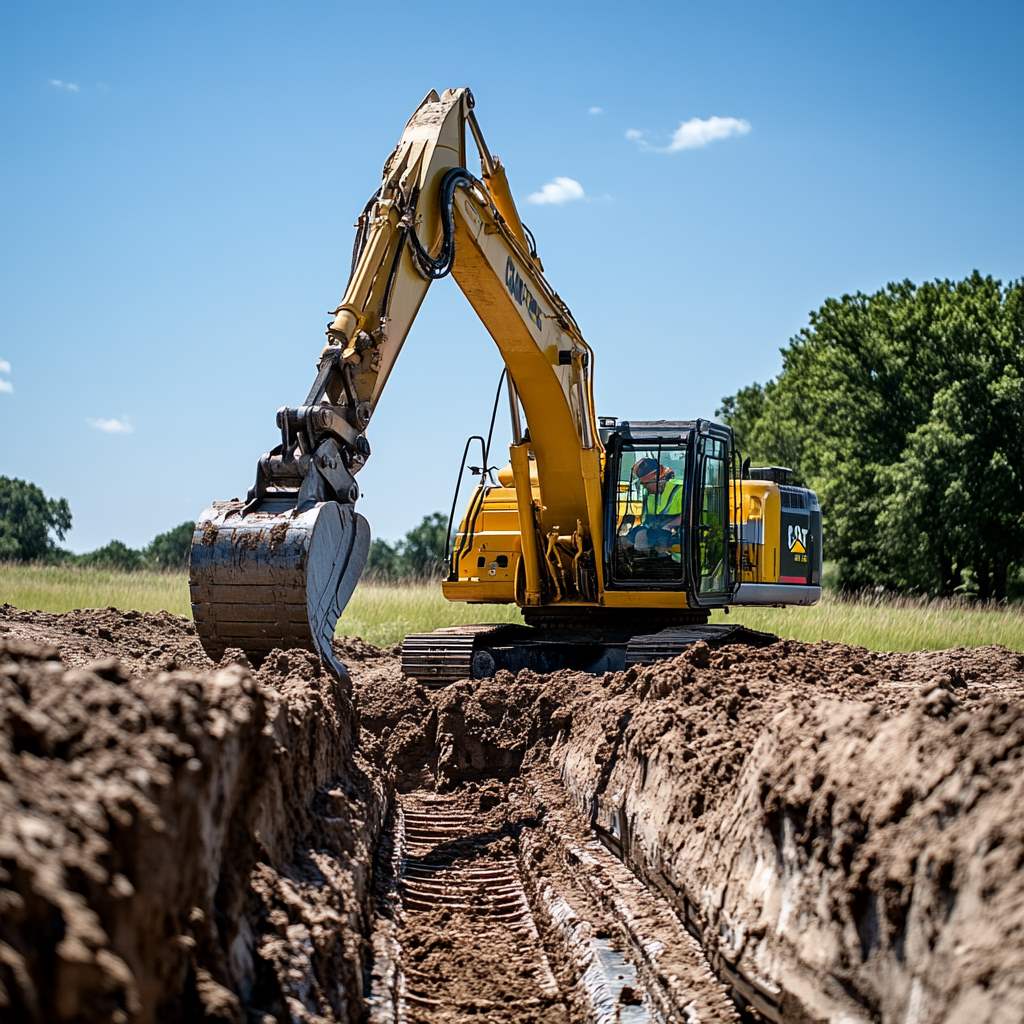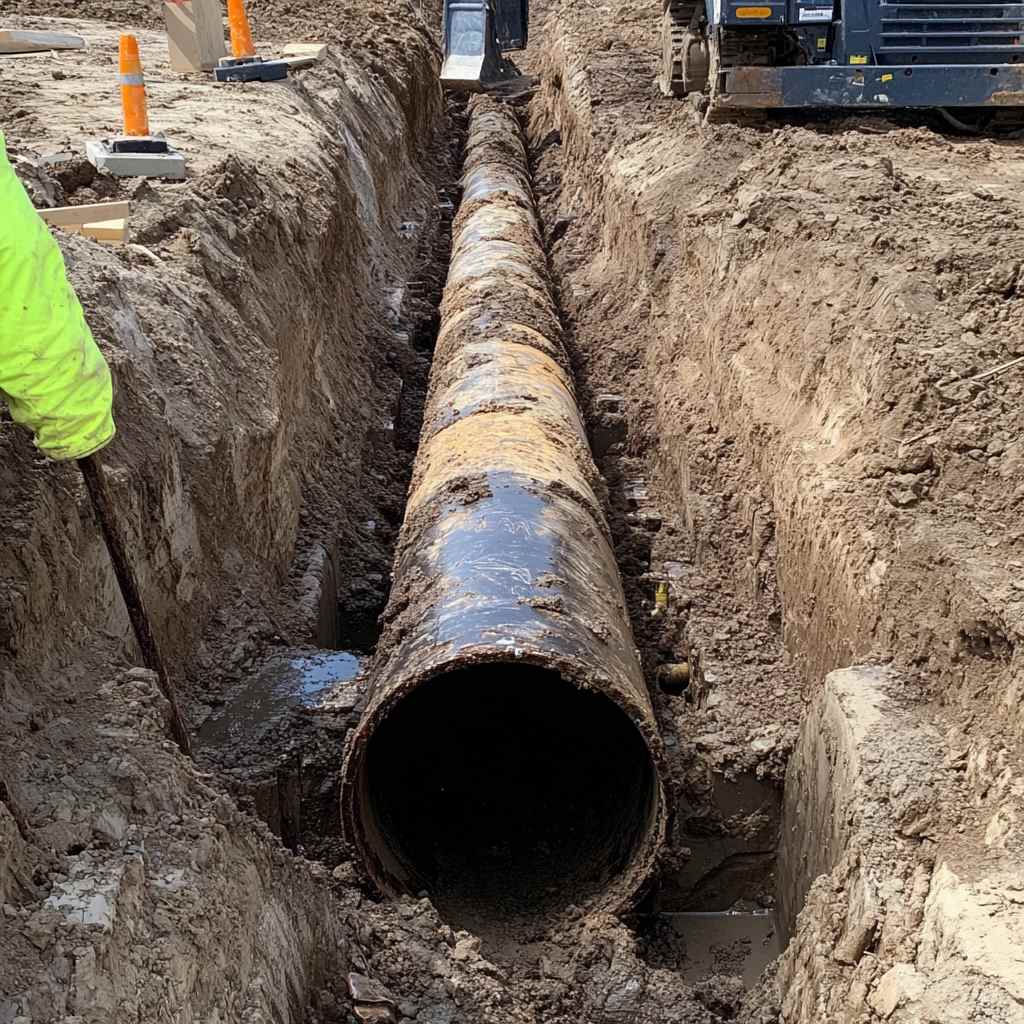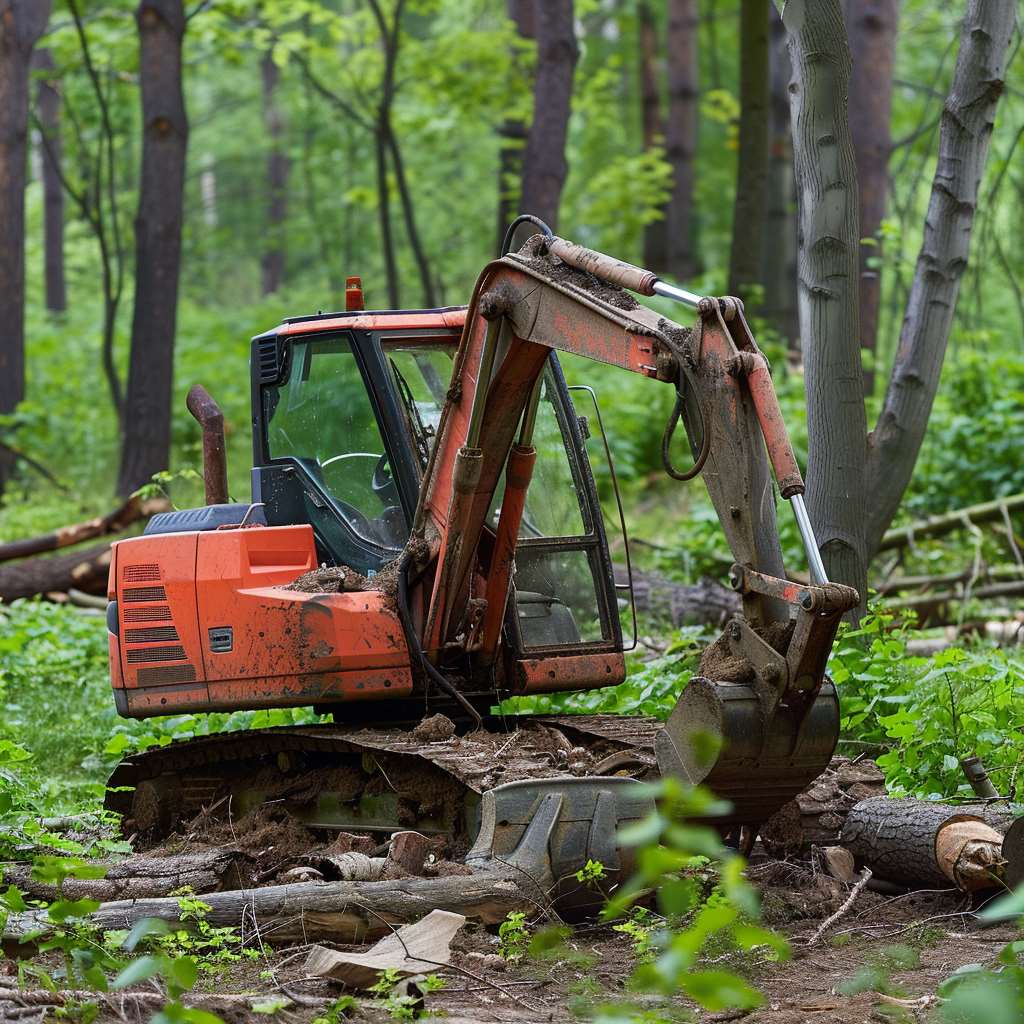Rock grinding is one of those unsung heroes in excavation, not flashy, but essential. It takes tough, rocky terrain and makes it usable. InDepth Excavation uses this method to prep construction sites, shape land, and even protect nearby ecosystems when the usual methods are too rough.
What is Rock Grinding?
At its core, rock grinding is exactly what it sounds like: breaking down large rock formations into smaller, workable pieces. But it’s not about brute force. Instead, specialized machines like drum cutters and rotary grinders are used to chip away at rock with control and precision.
This isn’t something you’d pull out for a regular dirt dig. Rock grinding comes in when the land is too solid for standard equipment, like areas made up of bedrock or large, buried boulders that get in the way of construction, roadwork, or landscaping.
When is Rock Grinding Used in Excavation?
Sometimes the ground fights back, and that’s when rock grinding steps in. This technique isn’t just about clearing rock. It’s also about shaping the terrain to fit exact needs. Whether you’re working on a slope that needs reshaping or trenching through a rock-heavy site, grinding offers a more controlled alternative to blasting.
You’ll see rock grinding used when teams are:
Prepping land for a strong foundation
Cutting into hillsides to make way for roads
Carving out channels for pipes or cables
In all of these cases, the key is control. Grinding avoids the chaos of demolition and gets the job done with more precision and less impact on the surrounding area.
Types of Jobs Calling for Rock Grinding
In Construction
Creating Level Foundations: Some lots just aren’t flat, especially in rocky areas. Rock grinding helps level uneven surfaces so a structure can be built safely. It’s especially important for larger projects, like commercial buildings or anything with a deep foundation, where stability matters.
Shaping Land to Match Architectural Designs: Modern builds aren’t always cookie-cutter. Some designs call for carved-out terraces, slopes for drainage, or custom contours in the landscape. With rock grinding, crews can carefully shape the land to match these designs without damaging what’s nearby.
In Mining
Facilitating Access to Ore: In mining, rock grinding is used to uncover the materials that really matter. Instead of blasting through layers of earth, crews can grind away just enough overlying rock to safely expose ore. This is especially helpful in open-pit mining, where massive rock surfaces have to be removed before reaching valuable material underneath.
Aiding in Tunneling Efforts: Whether it’s for mining operations or laying the groundwork for a subway system, tunneling often involves grinding through rock. It gives crews better control over the tunnel’s shape and direction while reducing risks tied to uncontrolled breaks in the rock. Grinding also helps keep the structure stable as it’s being carved out, layer by layer.
In both construction and mining, rock grinding is not just about removing rock material; it’s about precision and control. The ability to shape the terrain with such accuracy makes it invaluable for projects that require meticulous attention to landscape and structural details. Furthermore, with advances in technology, rock grinding equipment has become more efficient and environmentally friendly, allowing for quicker project completion with minimal environmental disruption.
Benefits of Rock Grinding for Ecological Areas
One of the lesser-known strengths of rock grinding is how eco-friendly it can be. Unlike blasting, which shakes the ground and disturbs everything in its path, grinding offers a quiet, focused way to work through rocky terrain.
That makes it a solid option when working near protected habitats or residential zones. Crews can use it to:
Avoid harming nearby plant and animal life
Reduce noise and vibration that might impact wildlife
Minimize dust and flying debris, keeping the air and water clean
Preserve natural drainage patterns by gently reshaping the land
It’s not just about finishing the job, it’s about doing it with care. That’s why InDepth Excavation turns to rock grinding when precision and environmental respect are non-negotiable.
Rock grinding, an indispensable technique in the excavation industry, offers precision, efficiency, and environmental sensitivity. It’s crucial in preparing and shaping terrain for both construction and mining projects. By enabling controlled alteration of the landscape, rock grinding ensures the integrity of foundations, complements architectural designs, and facilitates access to natural resources.
As technology evolves, so does the efficiency of rock grinding, making it a key player in sustainable excavation practices. Embracing such techniques is not just a matter of necessity but a commitment to environmental stewardship and innovative engineering.
Looking for a Excavation Company in Washington State? Indepth-ex has your back! Contact Dillion if you need help with your next excavation project.
Frequently Asked Questions (FAQs)
Rock grinding is a process used in excavation to break down large rocks into smaller pieces or to reshape them for specific construction or mining purposes.
In construction, rock grinding is essential for creating level foundations, especially in rocky terrains, and for shaping the land to match specific architectural designs.
Rock grinding aids mining operations by exposing ore bodies for easier extraction and facilitating tunneling efforts for both surface and underground mines.
Yes, rock grinding is often used in residential projects for foundation preparation and landscaping, especially in areas with challenging rocky terrains.
The process typically involves heavy-duty machinery like drum cutters, rotary grinders, and other specialized equipment designed for precision rock grinding.
Rock grinding can be more environmentally friendly than other excavation methods, as it allows for precise terrain alteration with minimal ecological disturbance and efficient debris management.
Advances in technology have made rock grinding more efficient and environmentally friendly, with machinery that is capable of more precise and controlled grinding, leading to quicker project completion with reduced environmental impact.

